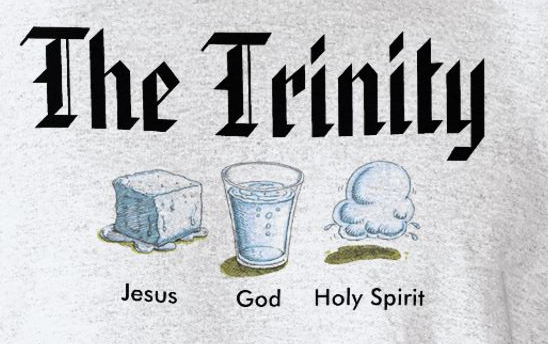
How would you explain your understanding of God, the Divine, Higher Power, or however you understand that which is bigger than ourselves? Are you apophatic (the so-called ‘negative’ approach, which means emptying the mind of words and ideas about God) or cataphatic (the so-called ‘positive’ approach, that uses words, images, symbols, ideas for the Divine)?
Are you a theist (for whom God refers to a being beyond the universe, another being in addition to the universe) or a panthentheist (for whom God does not refer to a being separate from the universe, but to a sacred presence all around us)?
And how would you convey your understanding to a person of a different religious tradition?
That is my assignment for the next two weeks. On August 18, the Peninsula Multifaith Coalition will hold a panel discussion that will explore the concept of God. Six different faith traditions will be represented, and I have the challenge of presenting the Christian understanding of the Divine in just nine minutes.
This is a daunting task and the intrafaith nature of such an endeavor is that there are numerous ideas about God within Christianity. I have always approached assignments like this by explaining that I could speak only for myself, not for every branch of the Christian tradition. As a progressive Christian who leans more towards the apophatic and panentheistic, I’ve found that I’m not always in alignment even with my Lutheran background. And this assignment will be even tougher. Our planning group wanted someone from within mainline Christianity to talk about – Dum Dum Dumm – the Trinity.
Oh, boy. Should I start off with the claim by theologian Karl Rahner that if the Trinity were to quietly disappear out of Christian theology, never to be mentioned again, most of Christendom would not even notice its absence! Probably not.
It’s not like I haven’t written and spoken about the Trinity. Looking back in my records, I can find a bunch of sermons and blog posts that deal with it. That kind of made me wonder why I’d spent so much time on a topic most of Christendom wouldn’t even miss. I mean, many progressive Christians have ditched it altogether. But I am one who is reluctant to throw out the baby with the bathwater. And there are some theologians, like Richard Rohr (The Divine Dance) and Cynthia Bourgeault (The Holy Trinity and the Law of Three: Discovering the Radical Truth at the Heart of Christianity) who have made the Trinity much more intriguing to me.

But how to approach it an interfaith setting – and in nine minutes? Do I go with the good old ice/water/steam analogy (very kataphatic)?

https://creativecommons.org/licenses/by-sa/4.0, via Wikimedia Commons
Or a more apophatic image, conveying the unknowable Mystery?
You can probably guess which appeals more to me.
So I have an interfaith and an intrafaith dilemma. My understanding of the Trinity actually is very interfaith friendly. But it isn’t the mainline version.
I don’t have an answer yet. But as soon as I figure out what to do with my nine minutes, I’ll let you know.
